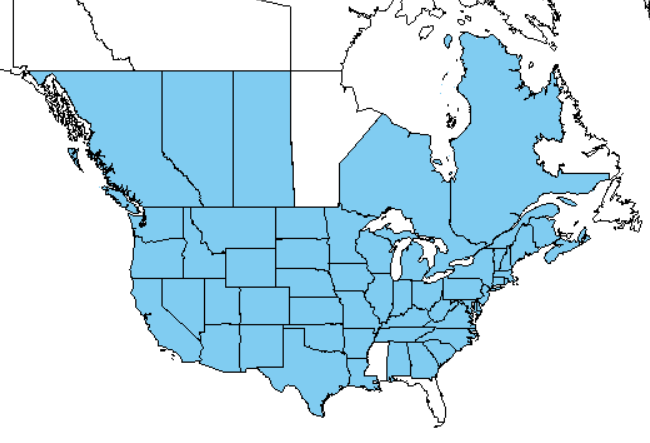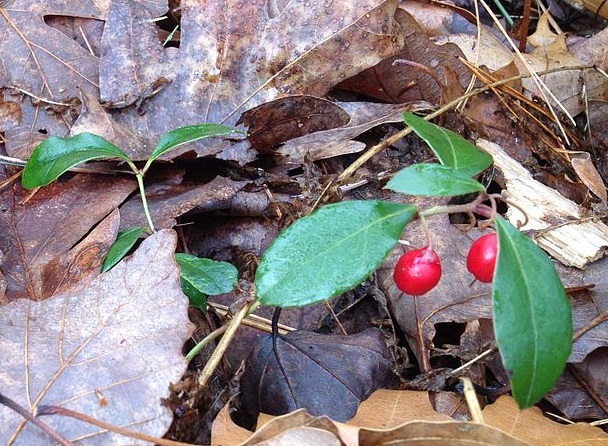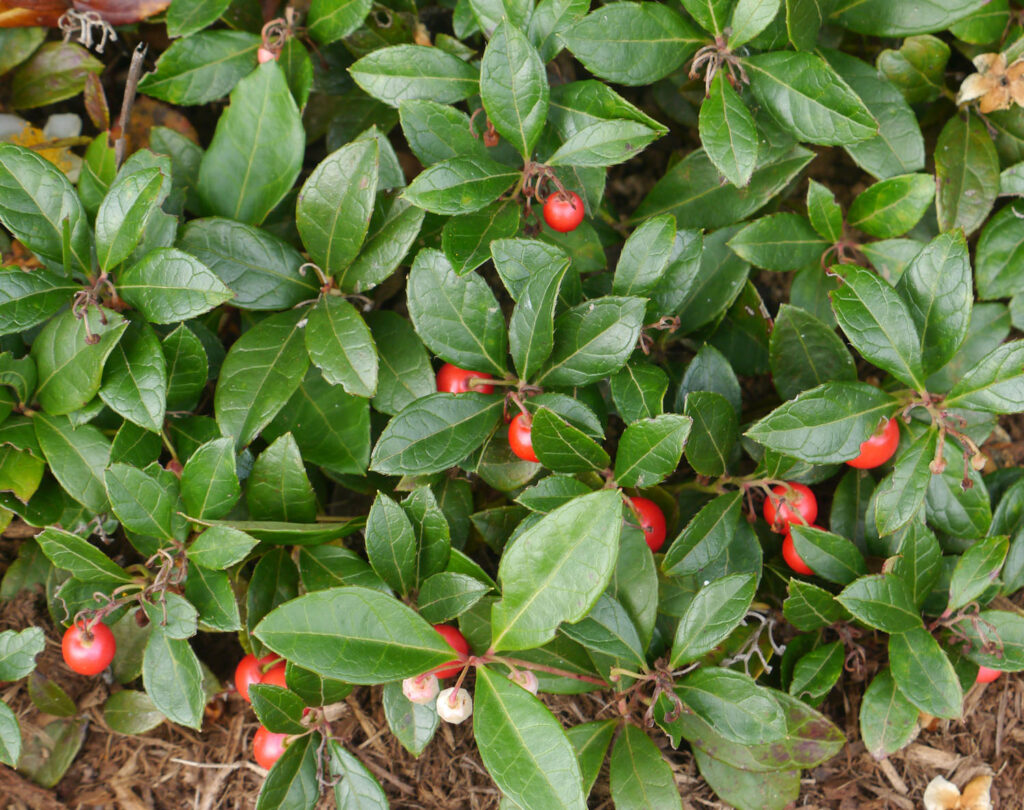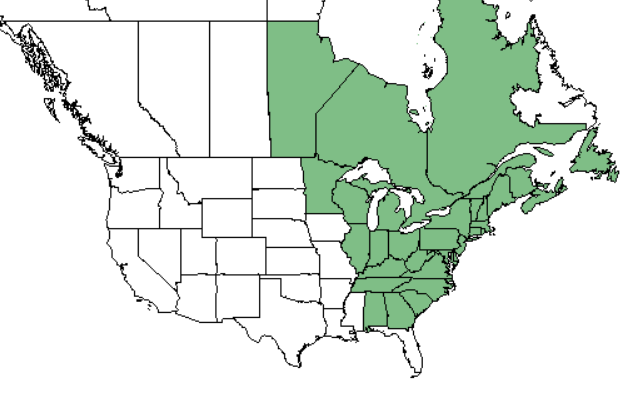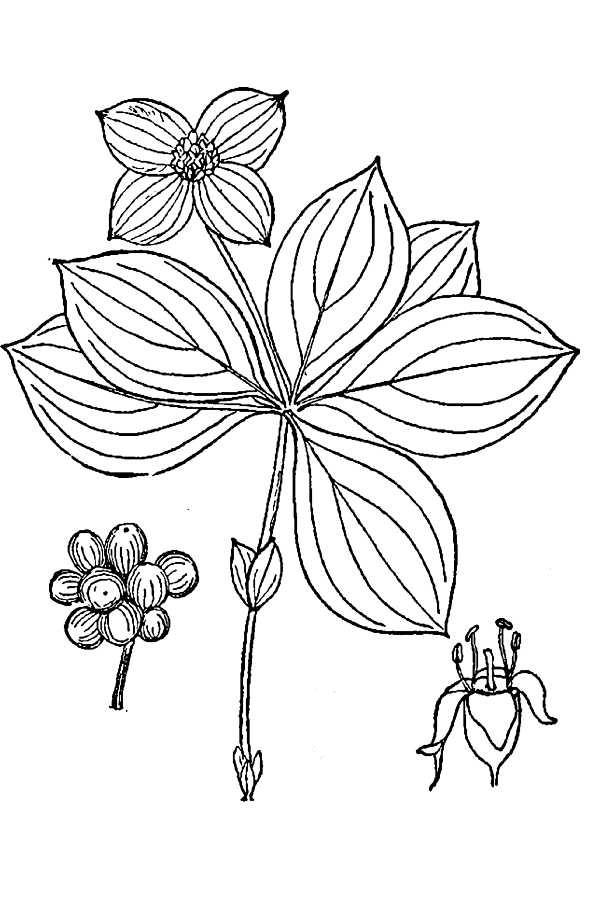Indian cucumber
General
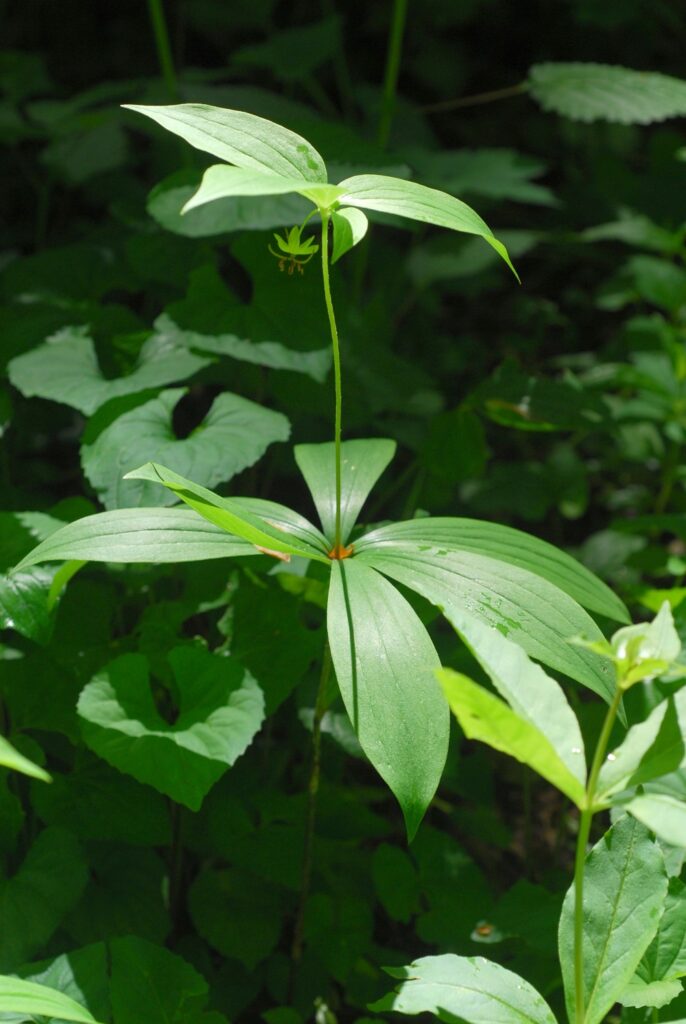
Indian cucumber is a member of the lily family and can be found in Eastern North America. It grows from seed and spreads by rhizome. It is a long-lived perennial that has been over harvested for many years in certain areas so, please do not harvest unless it is an urgent food need or if it is legal in your area. The plant does lend itself to domestication so if you do find a small plantation of Indian cucumber in late autumn take a few seeds or better yet order online.
Common Names
Indian cucumber-root
Description
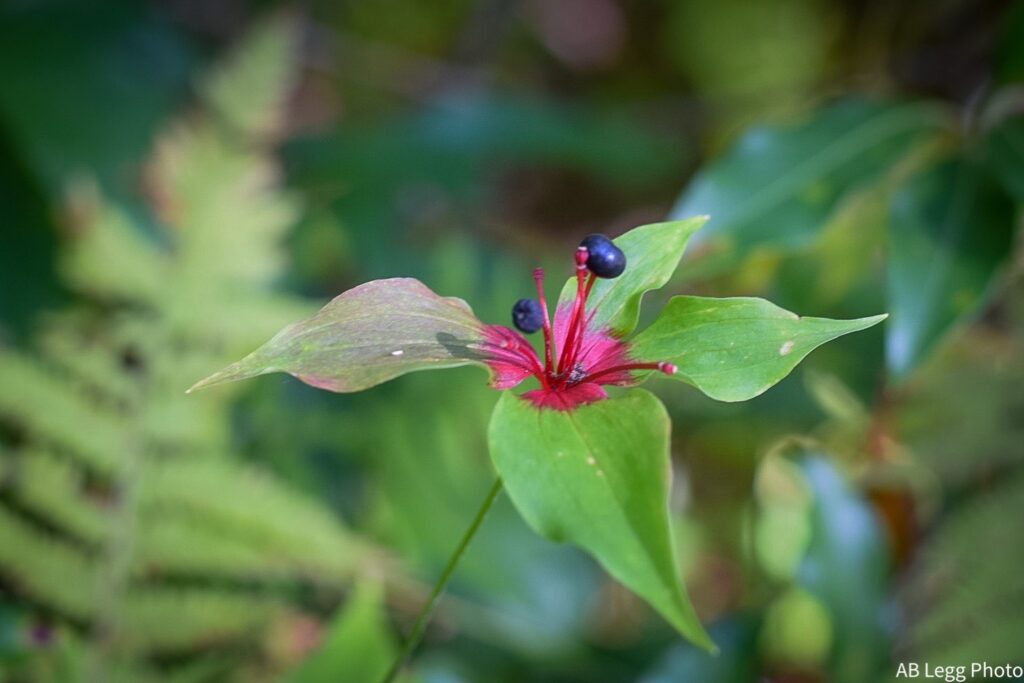
Stems have two tiers of whorled leaves when mature and ready to flower. The lower tier typically bears between five and nine lance shaped leaves. The second tier is produced when the plant flowers and consists of approximately three to five leaves. When the plants are mature and have the second set of leaves, they will be approximately 30 inches tall.
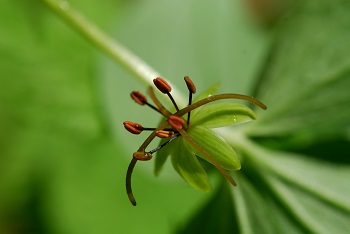
The green leaves are hairless and have an entire smooth edge. Their size is between 3 inches long (upper) – 6 inches long (lower). Since this is a deciduous plant, leaves will turn purple/red to lavender in the Fall.
The flowers, about 1 inch wide, have yellowish/gold – green coloration and are somewhat trumpet like. They appear in late spring into summer and typically point downward like wild onion flowers – they “nod”.
The 1 inch berries are dark blue to purple and appear above the top tier of leaves. The berries mature in early fall.
Range & Habitat
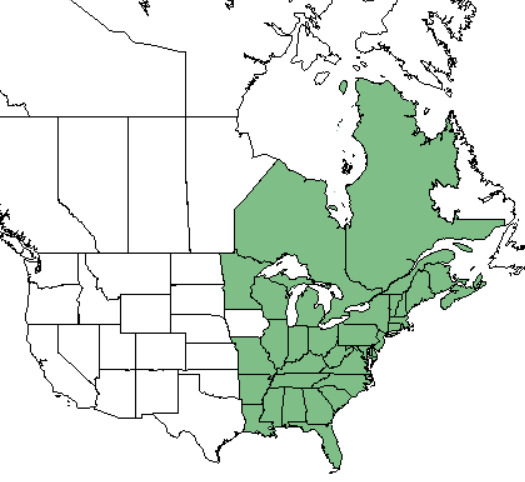
As the map indicates, Indian cucumber grows from Ontario south to Louisiana east to Florida and north into the Canadian Maritimes.
Indian Cucumber-root is found in hardwood, conifer, and mixed wood forests throughout its range. It grows in shade or partial shade on moist, well drained slopes.
Harvest
The berries are not edible. The root which is choice may be harvested at any time. It is not overly large and will fit within the palm of your hand – so to have a meal you need several. It may be eaten raw or cooked.
Edible
The plant bears edible roots (rhizomes) that have a mild cucumber-like flavor. They may be eaten raw or cooked like root vegetables.
Look a-Likes
Starflower, which is not edible, has similar leaves, but the leaves are only on one level. Also, Starflower has small white flowers that don’t hang down.
Whorled Pogonia – poisonous, but root is different
Interesting Facts
It is listed as an endangered plant in Florida and in Illinois.
Iroquois used the plant both as food and a medicinal herb.
